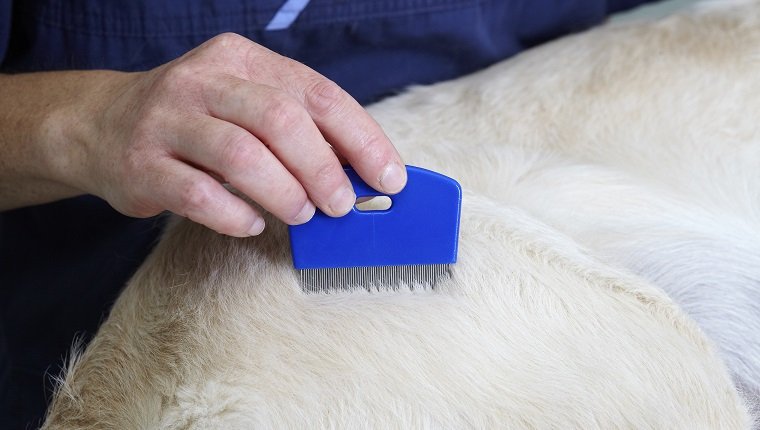Flea bites cause nasty itches for dogs and lead to secondary skin conditions. Infestations are a common problem, so it’s important for every dog parent to know how to get rid of them.
Luckily, there are several home remedies that can help get rid of fleas on your dog, kill fleas that have infested your home, and prevent fleas from entering your environment again. You…









